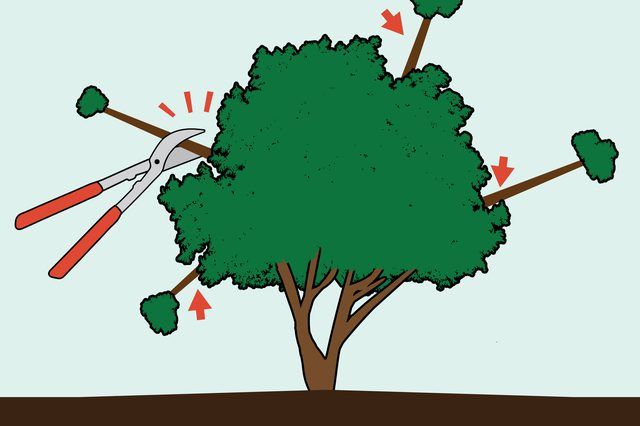Bulbs
Flower Basics
Flower Beds & Specialty Gardens
Flower Garden
Garden Furniture
Garden Gnomes
Garden Seeds
Garden Sheds
Garden Statues
Garden Tools & Supplies
Gardening Basics
Green & Organic
Groundcovers & Vines
Growing Annuals
Growing Basil
Growing Beans
Growing Berries
Growing Blueberries
Growing Cactus
Growing Corn
Growing Cotton
Growing Edibles
Growing Flowers
Growing Garlic
Growing Grapes
Growing Grass
Growing Herbs
Growing Jasmine
Growing Mint
Growing Mushrooms
Orchids
Growing Peanuts
Growing Perennials
Growing Plants
Growing Rosemary
Growing Roses
Growing Strawberries
Growing Sunflowers
Growing Thyme
Growing Tomatoes
Growing Tulips
Growing Vegetables
Herb Basics
Herb Garden
Indoor Growing
Landscaping Basics
Landscaping Patios
Landscaping Plants
Landscaping Shrubs
Landscaping Trees
Landscaping Walks & Pathways
Lawn Basics
Lawn Maintenance
Lawn Mowers
Lawn Ornaments
Lawn Planting
Lawn Tools
Outdoor Growing
Overall Landscape Planning
Pests, Weeds & Problems
Plant Basics
Rock Garden
Rose Garden
Shrubs
Soil
Specialty Gardens
Trees
Vegetable Garden
Yard Maintenance
How to Care for a Crepe Myrtle Tree
How to Care for a Crepe Myrtle Tree. Crape myrtle (Lagerstroemia Indica), sometimes spelled crepe myrtle, is a graceful, flowering tree that provides year-round beauty in the form of attractive bark during the winter and colorful foliage in autumn. Blooms, which appear from late spring to autumn, come in shades of pink, red, white and purple,...
Crape myrtle (Lagerstroemia Indica), sometimes spelled crepe myrtle, is a graceful, flowering tree that provides year-round beauty in the form of attractive bark during the winter and colorful foliage in autumn. Blooms, which appear from late spring to autumn, come in shades of pink, red, white and purple, depending on the variety. Mature height ranges from 15 to 25 feet, although demure, 3- to 5-foot varieties are suitable for container growing. This warm-climate tree grows in U.S. Department of Agriculture plant hardiness zones 7a through 9a. Crape myrtle flourishes in bright sunlight and well-drained soil.
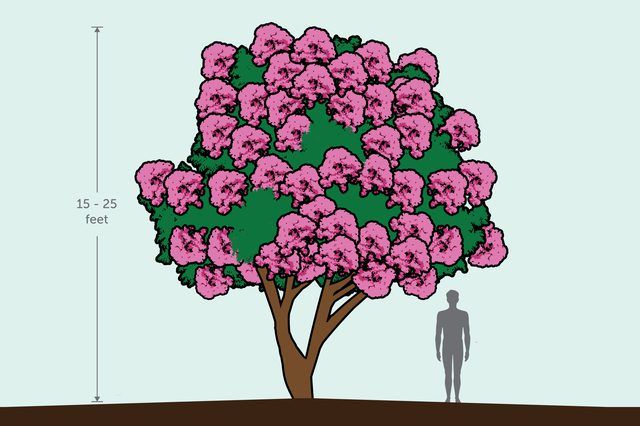
Crape myrtle requires regular watering for the first two months. Check the soil before watering, then let a hose trickle at the base of the tree whenever the soil is dry to a depth of 3 inches. Wait a day or two to water if the soil feels cool and moist. As a general rule, water the tree once or twice per week during dry weather, providing a total of about 1 inch of water per week. Once the roots are established, the tree is drought-tolerant and rarely requires supplemental water. However, crape myrtle benefits from an occasional watering during hot, dry weather, especially while the tree is blooming. Water deeply and slowly to saturate the root system, then don't water again until the soil is dry. A 2- to 3-inch layer of mulch such as bark chips or compost enriches the soil and prevents moisture evaporation.
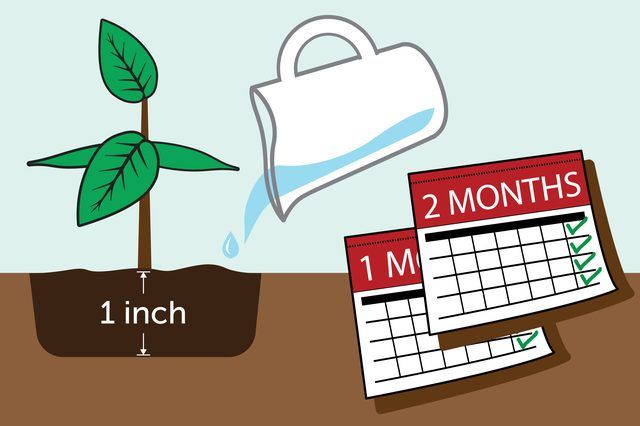
Crape myrtle benefits from regular feeding of a balanced fertilizer with a ratio such as 10-10-10 or 12-12-12. However, too much fertilizer can invite pests and disease and may create lush growth at the expense of blooms. Feed a newly planted crape myrtle 1 teaspoon of fertilizer every month from spring until late summer. After the first year, feed the tree in spring. To determine the amount of fertilizer required for an established tree, measure the ground under the widest part of the canopy, or top of the tree, then provide 1/2 pound of fertilizer for every 100 square feet. Sprinkle the fertilizer evenly on the ground, then water deeply.
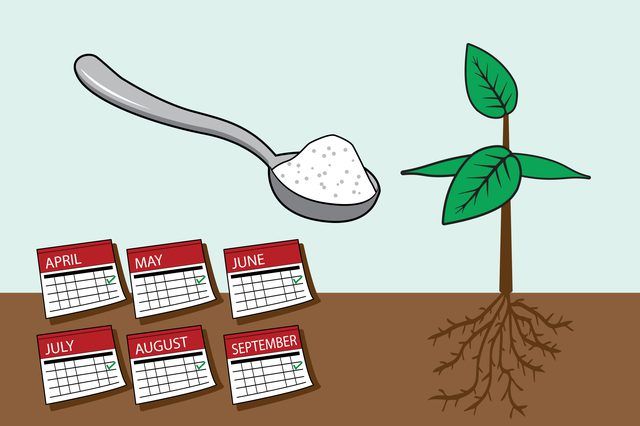
Healthy crape myrtle is relatively disease-resistant. However, overwatering, humid conditions, lack of sunlight, overcrowding and lack of adequate air circulation may cause powdery mildew, a fungus recognized by a powdery, grey or white coating on the leaves. Leaf spot and other fungal disease are less common. Plant disease-resistant varieties, especially if you live in a warm, damp climate. Clip damaged growth and dispose of it properly to prevent spread of disease. Remove suckers and small sprouts that grow from the base of the plant, as this growth is susceptible to powdery mildew that travels to the main part of the tree. Crape myrtle is sometimes bothered by aphids that are removed by directing a strong stream of water at affected areas. Avoid insecticides, which kill lady beetles and other beneficial predatory insects that keep aphids in check.
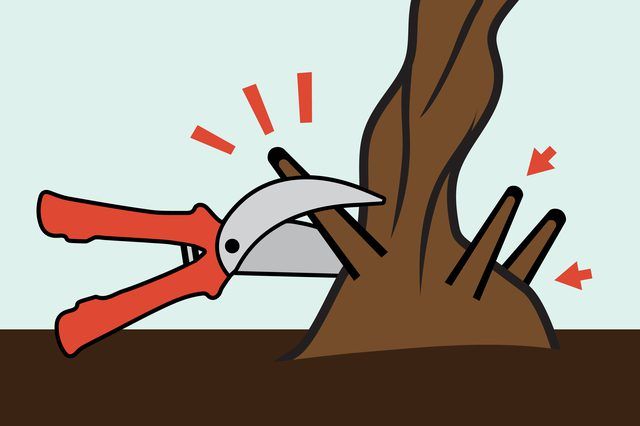
Pruning depends on the desired size and shape of the tree. For example, if you want to grow crape myrtle as a small shrub, cut the plant down to 6 inches above the ground every year without harming the tree. Otherwise, prune sparingly to maintain the tree's natural shape. Remove rubbing, crossing or damaged branches and twiggy, spindly growth. Shorten excessively long outer branches. To prevent loss of flower buds, prune crape myrtle before new growth emerges in late winter or early spring. Before and after pruning, sterilize your pruning tools in a solution of 1 part household bleach to 3 parts water and let air-dry. Well-established trees generally require little pruning if they have been carefully pruned the first few years.
